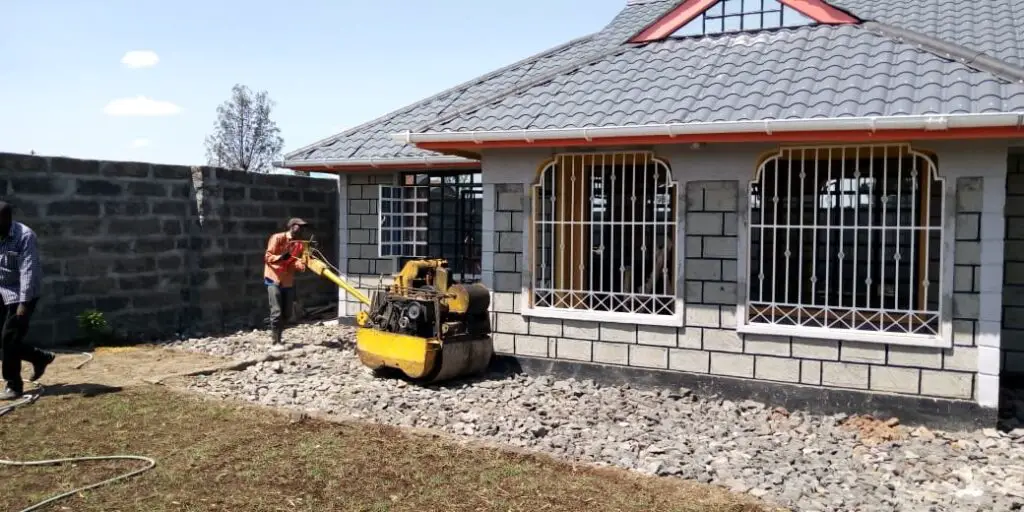Backfilling Meaning| Backfilling Procedure & Importance of Backfilling
Backfilling Meaning | Backfilling Procedure & Importance of Backfilling
What is Backfilling / Backfilling Meaning
Backfilling is the process of replacing or reusing the soil that is removed during excavation construction to strengthen and support a structure’s foundation. Typically, backfilling in the foundation is the process of putting back the soil in the foundation trench. Backfilling protects foundations and forms part of the substructure of slabs, roadways, walkways, and other groundwork elements.
Backfill can be made up of the same soil that was removed during excavation or can be a mixture of imported soil, rocks, and stones depending on the structural requirements. The need for backfilling will be established during ground investigations which will also be used by the engineers to formulate a design.

Backfilling Procedure
- Before starting the backfill work, you need to ensure that the 7 days curing period for the foundation has lapsed. This will ensure that foundation cracks do not occur.
- The foundation ground over which the backfilling process is to be carried out should be thoroughly cleaned. If water is present, it must be pumped out or bailed out
- Choose the types of material you will use for foundation backfill. Depending upon the engineering properties and site condition the commonly used materials include rocks mixture, soil, and stone. Note that some soil can retain a lot of moisture and therefore not good for the foundation.
- As a best practice, backfill the whole area surrounding the foundation of the structure. A backhoe can be used to dig and compress the earth and stone in order to clear the area for building a structure.
- Do backfill only when the installation of the building utilities like drainage system, waterproof structures is done, insulation and piping. Rough and abrasive types of soil can be used these materials can drain better. Start backfilling at the corners and ensure even distribution of the soil in order to provide good lateral support for the walls.
- An excavator can be used to fill in about 12 inches of mixed materials on the sides of the area. Compression of the materials can then be done using the rolling compactor. The procedure is repeated until the entire area is completely backfilled.
- Ensure that the filling is done in subsequent layers with a thickness of 15- 20cm each.
- Water should be sprinkled well on each layer and further compacted using wooden logs rammers or steel rammers.
Importance of Backfilling the Foundation
Backfilling is an important part of the construction process. Backfilling happens after excavation when the soil is compacted back into the trench or foundation.
- It is used to help protect foundations, roadways, walkways, and other structures by using a mixture of soil, rocks, and stones
- To provide better support to the foundation of the structure.
- To enhance the strength of the foundation to be able to support the load from the superstructure.
- To increase the overall performance and stability of the entire building.
Backfilling Materials
The following materials is used for backfilling:
- Sedimentary rocks (sand)
- Ground rocks
- The soil, originally located on the site of a dug trench under the foundation.

